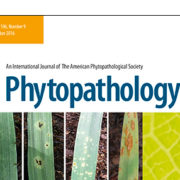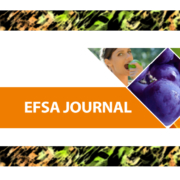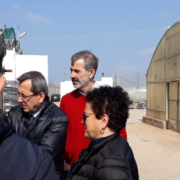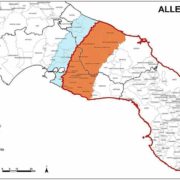Transmission of Xylella fastidiosa to grapevine by the meadow spittlebug
ORIGINAL PAPER
Daniele Cornara. Department of Soil, Plant and Food Sciences, University of Bari Aldo Moro, Bari, Italy
Dr. Anne Sicard. Department of Environmental Science, Policy and Management, University of California, Berkeley, CA, USA
Adam R. Zeilinger. Department of Environmental Science, Policy and Management, University of California, Berkeley, CA, USA
Francesco Porcelli. Department of Soil, Plant and Food Sciences, University of Bari Aldo Moro, Bari, Italy
Prof. Alexander Purcell. Department of Environmental Science, Policy and Management, University of California, Berkeley, CA, USA
Rodrigo P. P. Almeida. Department of Environmental Science, Policy and Management, University of California, Berkeley, CA, USA
Abstract
There is little information available on Xylella fastidiosa transmission by spittlebugs (Hemiptera, Cercopoidea). This group of insect vectors may be of epidemiological relevance in certain diseases, so it is important to better understand the basic parameters of X. fastidiosa transmission by spittlebugs. We used grapevines as a host plant and the aphrophorid Philaenus spumarius as a vector to estimate the effect of plant access time on X. fastidiosa transmission to plants; in addition, bacterial population estimates in the heads of vectors were determined and correlated with plant infection status. Results show that transmission efficiency of X. fastidiosa by P. spumarius increased with plant access time, similarly to insect vectors in another family (Hemiptera, Cicadellidae). Furthermore, a positive correlation between pathogen populations in P. spumarius and transmission to plants was observed. Bacterial populations in insects were one to two orders of magnitude lower than those observed in leafhopper vectors, and population size peaked within three days of plant access period. These results suggest that P. spumarius has either a limited number of sites in the foregut that may be colonized, or that fluid dynamics in the mouthparts of these insects is different from that in leafhoppers. Altogether our results indicate that X. fastidiosa transmission by spittlebugs is similar to that by leafhoppers. In addition, the relationship between cell numbers in vectors and plant infection may have under-appreciated consequences to pathogen spread.
Published on August, 2016 by PHYTOPATHOLOGY









